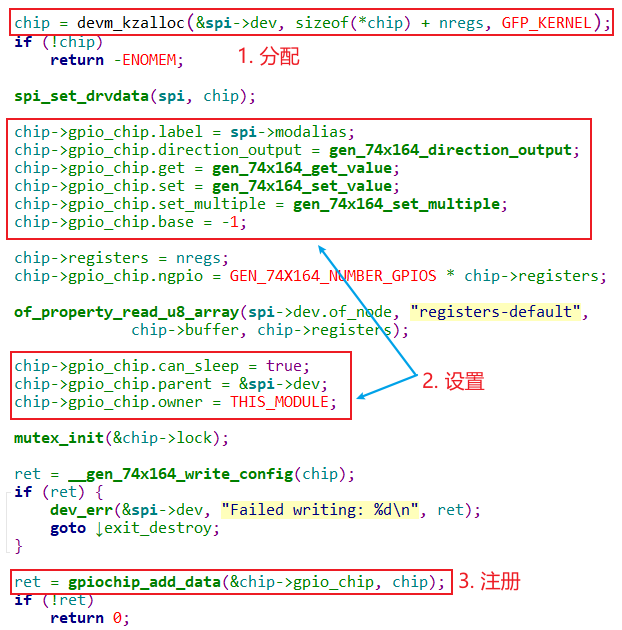目录
一,zip和unzip
常见用法
二,gzip和ungzip命令
常见用法
三,bzip2和bunzip2命令
常见用法
四,xz和unxz命令
常见用法
五,归档命令tar
参数及其作用
常见用法
一,zip和unzip
语法:zip 新建压缩文件名 要压缩文件
语法: unzip 新建的压缩文件名
常见用法
素材准备:
[root@128 ~]# mkdir /test
[root@128 ~]# cd /test
[root@128 test]# touch test{1..5}.txt
[root@128 test]# ll
总用量 0
-rw-r--r--. 1 root root 0 11月 4 22:12 test1.txt
-rw-r--r--. 1 root root 0 11月 4 22:12 test2.txt
-rw-r--r--. 1 root root 0 11月 4 22:12 test3.txt
-rw-r--r--. 1 root root 0 11月 4 22:12 test4.txt
-rw-r--r--. 1 root root 0 11月 4 22:12 test5.txt
[root@128 test]# mkdir /dir
[root@128 test]# cp /etc/fstab /dir/zip常见使用
示例1:使用zip压缩文件test1.txt
[root@128 test]# zip test1.zip test1.txt adding: test1.txt (stored 0%)
[root@128 test]# ls
test1.txt test1.zip test2.txt test3.txt test4.txt test5.txt示例2:设置压缩率为最高压缩test2.txt -9
[root@128 test]# zip -9 test2.zip test2.txt adding: test2.txt (stored 0%)
[root@128 test]# ls
test1.txt test1.zip test2.txt test2.zip test3.txt test4.txt test5.txt
示例3:将当前目录dir连同目录下的文件一起压缩 -r
[root@128 test]# zip -r dir.zip /dir/adding: dir/ (stored 0%)adding: dir/fstab (deflated 49%)
[root@128 test]# ll
总用量 12
-rw-r--r--. 1 root root 638 11月 4 22:20 dir.zip
示例4:向压缩文件中test1.zip中添加test2. txt文件 -m
[root@128 test]# zip -m test1.zip test2.txt adding: test2.txt (stored 0%)
示例5:删除压缩文件中的文件 -d
[root@128 test]# zip -d test1.zip test2.txt
deleting: test2.txt示例6:压缩文件中排除某个文件 -x
[root@128 test]# zip test.zip *.txt -x test1.txt adding: test3.txt (stored 0%)adding: test4.txt (stored 0%)adding: test5.txt (stored 0%)
#注意: 以上压缩之后原始文件还有了。
unzip常见使用
示例1:解压缩文件test2.zip
[root@128 test]# unzip test2.zip
Archive: test2.zipextracting: test2.txt 示例2:将压缩文件test.zip在指定目录下dir下进行解压缩 -d
[root@128 test]# unzip test.zip -d /dir
Archive: test.zipextracting: /dir/test3.txt extracting: /dir/test4.txt extracting: /dir/test5.txt
[root@128 test]# cd /dir
[root@128 dir]# ll
总用量 4
-rw-r--r--. 1 root root 655 11月 4 22:12 fstab
-rw-r--r--. 1 root root 0 11月 4 22:12 test3.txt
-rw-r--r--. 1 root root 0 11月 4 22:12 test4.txt
-rw-r--r--. 1 root root 0 11月 4 22:12 test5.txt
示例3:查看压缩文件目录,但不解压缩 -v
[root@128 test]# unzip -v test.zip
Archive: test.zipLength Method Size Cmpr Date Time CRC-32 Name
-------- ------ ------- ---- ---------- ----- -------- ----0 Stored 0 0% 11-04-2024 22:12 00000000 test3.txt0 Stored 0 0% 11-04-2024 22:12 00000000 test4.txt0 Stored 0 0% 11-04-2024 22:12 00000000 test5.txt
-------- ------- --- -------0 0 0% 3 files
二,gzip和ungzip命令
语法:gzip 要压缩的文件名
ungzip=gzip -d
常见用法
示例1:压缩test1.txt文件
[root@128 test]# gzip test1.txt
[root@128 test]# ll
总用量 20
-rw-r--r--. 1 root root 638 11月 4 22:20 dir.zip
-rw-r--r--. 1 root root 30 11月 4 22:12 test1.txt.gz
示例2:压缩/dir目录下的文件 -r
[root@128 test]# gzip -r /dir/
[root@128 test]# cd /dir/
[root@128 dir]# ll
总用量 16
-rw-r--r--. 1 root root 358 11月 4 22:12 fstab.gz
-rw-r--r--. 1 root root 30 11月 4 22:12 test3.txt.gz
-rw-r--r--. 1 root root 30 11月 4 22:12 test4.txt.gz
-rw-r--r--. 1 root root 30 11月 4 22:12 test5.txt.gz
查看压缩过的文本文件内容:
zcat、zless。zcat 文件名.gz
#注意: 以上压缩之后原始文件就没有了。
三,bzip2和bunzip2命令
语法:bzip2 要压缩的文件名
bunzip2=bzip2 -d
比gzip有着更高的压缩率。
常见用法
示例1:将man.config以bzip2压缩,此时man.config变成man.config.bz2
[root@localhost test]# bzip2 man.config示例2:将man.config用最佳的压缩比压缩,并保留原本的档案
[root@localhost test]# bzip2 -9 -c man.config > man.config.bz2示例3:将man.config.bz2解压缩
方法一:
[root@localhost test]# bzip2 -d man.config.bz2
方法二:
[root@localhost test]#bunzip2 man.config.bz2查看压缩过的文件内容:
bzcat、bzless。bzcat 文件名.bz2
四,xz和unxz命令
语法:xz 要压缩的文件名
unxz=xz -d
常见用法
示例1:压缩文件
[root@localhost test]# xz test1.txt
[root@localhost test]# ls test1.txt.xz
test1.txt.xz示例2:压缩dir目录下文件
[root@localhost test]# xz dir/*
[root@localhost test]# ls dir
fstab.xz test3.txt.xz test4.txt.xz test5.txt.xz示例3:查看压缩文件内容
[root@localhost test]# xzcat test1.txt.xz
test1示例4:解压缩(xz -d等价于unxz)
[root@localhost test]# unxz test1.txt.xz 示例5:解压缩目录dir下文件
[root@localhost test]# xz -d dir/*
[root@localhost test]# ls dir
fstab test3.txt test4.txt test5.txt五,归档命令tar
语法: tar [选项] [args]……
参数及其作用



常见用法
示例1:创建(非压缩的)打包文件,将指定的一个或多个文件或目录备份生成为一个指定的包文件
tar cvf/cfv/-cvf 文件名.tar 要打包的目录或文件名列表……
示例2:列出包文件中的文件列表
tar t[v]f 包文件名`
示例3:创建带压缩的包文件,为节省存储空间,通常需要生成压缩格式的tar包文件,tar命令支持三种不同的压缩方式
tar cvzf/-cvzf 文件名.tar.gz 要打包压缩的目录或文件名……
tar cvjf/-cvjf 文件名.tar.bz2 要打包压缩的目录或文件名……
tar cvJf/-cvJf 文件名.tar.xz 要打包压缩的目录或文件名……
示例4:提取包文件到指定目录
tar xf/-xf/-xvzf 文件名.tar.gz [-C 目标路径]
tar xf/-xf/-xvjf 文件名.tar.bz2 [-C 目标路径]
tar xf/-xf/-xvJf 文件名.tar.xz [-C 目标路径]






![[ vulnhub靶机通关篇 ] 渗透测试综合靶场 DarkHole:1 通关详解 (附靶机搭建教程)](https://img-blog.csdnimg.cn/img_convert/caa50aaa048b6932cc8fb90d8057e462.png)












